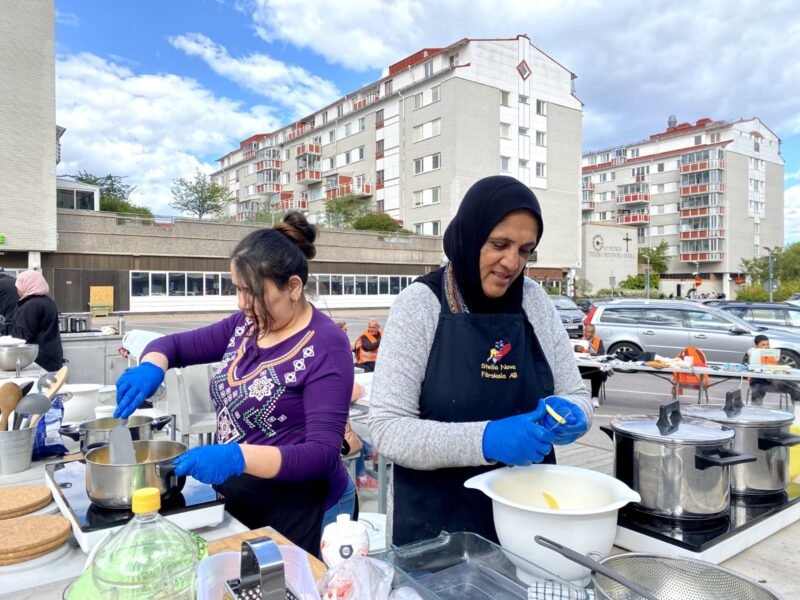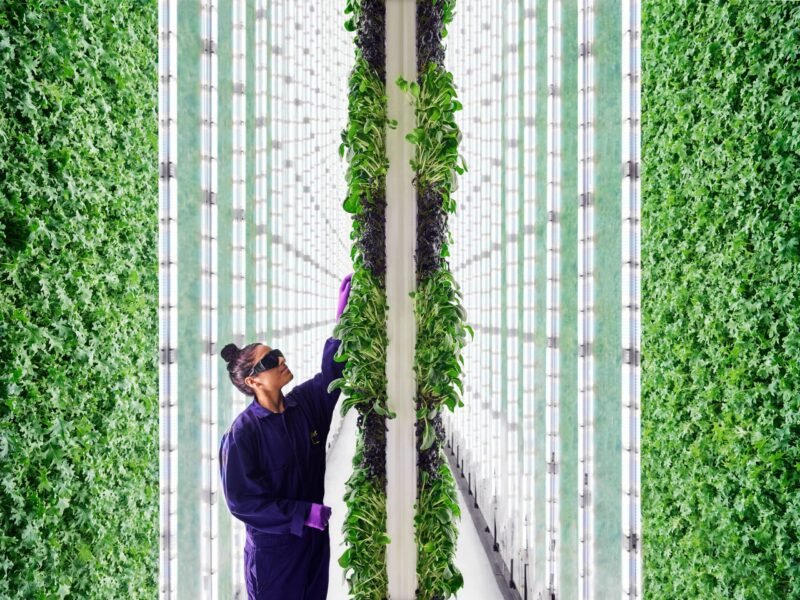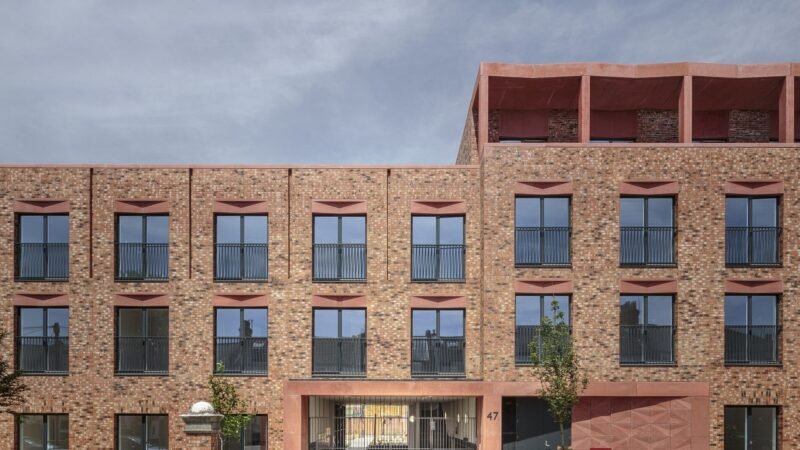A Recipe Book For DIY Urban Farming
 Antonio Scarponi likes to cook. But only if it does not take more than 20 minutes. Surely, he understands the value of a great recipe book that does not only have great recipes but also explain the process in clear terms. Now being an architect, information designer and a passionate activist for urban farming, he produces the obvious recipe book that was missing from the shelves — a book for building your own micro-infrastructures for urban farming in easy steps using readily available IKEA components. The project, named ELIOOO, plans to develop an instruction book for building and configuring indoor (can be kept outside too) hydroponic systems for growing herbs, vegetables etc. Scarponi and his team also plans to build some of the systems described in the book and make them ready-to-order in case some urban farmers are in real hurry. The project is on display at Indiegogo and looking forward to crowdsource sufficient funds to begin developing the book and devices.
Antonio Scarponi likes to cook. But only if it does not take more than 20 minutes. Surely, he understands the value of a great recipe book that does not only have great recipes but also explain the process in clear terms. Now being an architect, information designer and a passionate activist for urban farming, he produces the obvious recipe book that was missing from the shelves — a book for building your own micro-infrastructures for urban farming in easy steps using readily available IKEA components. The project, named ELIOOO, plans to develop an instruction book for building and configuring indoor (can be kept outside too) hydroponic systems for growing herbs, vegetables etc. Scarponi and his team also plans to build some of the systems described in the book and make them ready-to-order in case some urban farmers are in real hurry. The project is on display at Indiegogo and looking forward to crowdsource sufficient funds to begin developing the book and devices.
This is not the first time Scarponi has used IKEA components in subversive ways. As the modular exhibition system built by him earlier promised to democratise the means of infrastructurally putting together an exhibition, the ELIOOO system promotes a farmer-driven approach towards urban agricultural instead of depending upon urban planners and governement departments. In a brief conversation over chats and emails, Scarponi explains how he expects the users of the ELIOOO book to use it: “When I design something and I give my drawings to a manufacturer I need to tell him a story that it is illustrated with my drawing. He look at it, and might want to change this story a bit to make it fit his vision.” All that Scarponi wants to do is “to design micro infrastructures that small communities can control and operate at no cost.” ELIOOO does not only promote DIY urban farming initiatives, it pushes one to rethink possibilities of modular pop-up infrastrcutures in organising urban living.
On a less serious note, these values of flexibility and situated solutions also reflect in the history of the project name. Answering the obvious where-did-ELIOOO-came-from question, Scarponi replied:
“Recently I have made several projects related to farming with rather archaic names. Malthus, for a furniture that grows one meal a day (as reference to Robert Malthus). Then I made HEDRON that came from the geometrical description of this dome capable to grow food for four families of four. ELIOOO at the beginning was named Zoroaster, as the first prophet who spoused vegetarianism. Then I looked for something that is simpler but recalls the ancient divinities. So Helio, or elio in Italian, or ELIOOO.”
And it happens to rhyme with TANTOO — Scarponi’s huggable bean bag station for serious authors and readers of fantasy.



